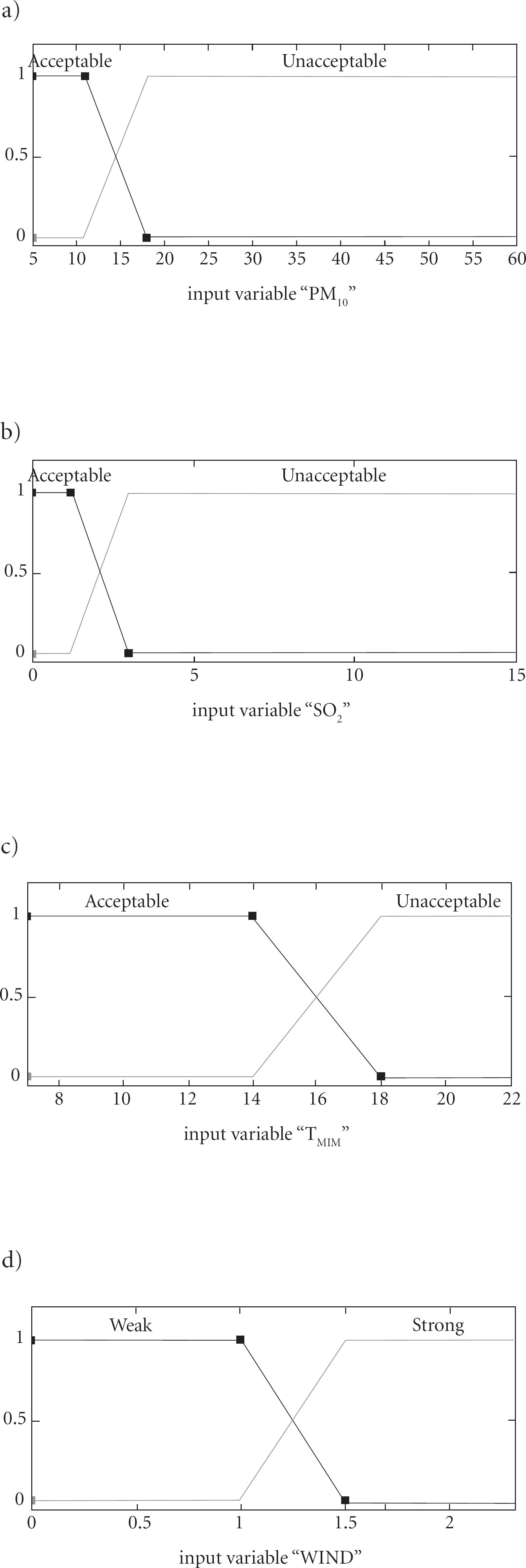Abstract
A fuzzy linguistic model based on the Mamdani method with input variables, particulate matter, sulfur dioxide, temperature and wind obtained from CETESB with two membership functions each was built to predict the average hospitalization time due to cardiovascular diseases related to exposure to air pollutants in São José dos Campos in the State of São Paulo in 2009. The output variable is the average length of hospitalization obtained from DATASUS with six membership functions. The average time given by the model was compared to actual data using lags of 0 to 4 days. This model was built using the Matlab v. 7.5 fuzzy toolbox. Its accuracy was assessed with the ROC curve. Hospitalizations with a mean time of 7.9 days (SD = 4.9) were recorded in 1119 cases. The data provided revealed a significant correlation with the actual data according to the lags of 0 to 4 days. The pollutant that showed the greatest accuracy was sulfur dioxide. This model can be used as the basis of a specialized system to assist the city health authority in assessing the risk of hospitalizations due to air pollutants.
Key words
Fuzzy logic; Air pollutants; Cardiovascular diseases; Sulfur dioxide; Particulate matter


